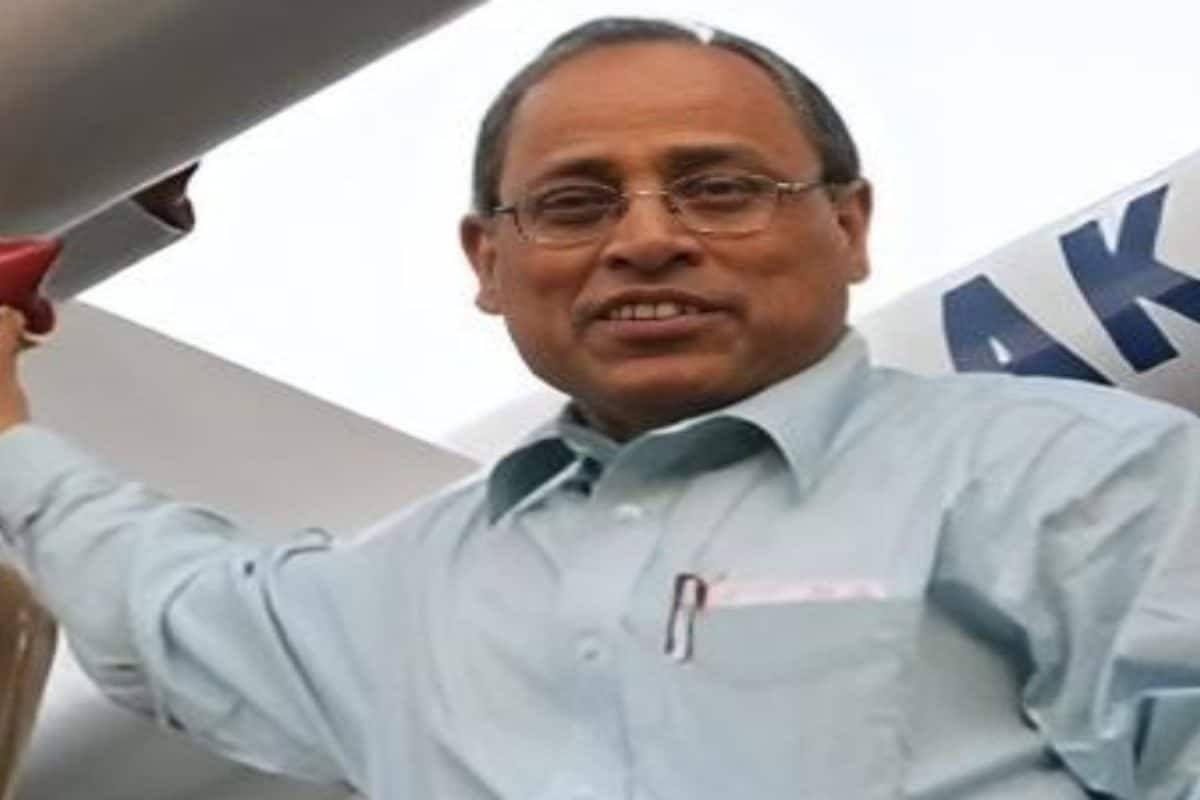

On the nights of May 8 and 9, 2025, as Pakistani drones and missiles filled the skies, India's indigenously developed Akash missile defense system stood tall, successfully neutralizing the aerial threats. For Dr. Prahlada Ramarao, the former DRDO scientist who spearheaded the Akash program, watching his "baby" in action was an emotional and deeply fulfilling experience. "I couldn't speak," he recounted, overwhelmed with pride as he witnessed the culmination of 15 years of relentless effort.
Dr. Ramarao's journey with the Akash missile began in the early 1980s. Handpicked by Dr. APJ Abdul Kalam, India's "Missile Man," he was appointed the youngest project director for the Akash program at the age of 34. The mission was ambitious: to create a surface-to-air missile system capable of engaging multiple targets simultaneously. Conceptualized in 1983, the Akash missile system was designed to detect and destroy aerial targets with accuracy. The system can handle 12 targets simultaneously.
The development journey was fraught with challenges. One of the most significant hurdles was creating the Rajendra radar, which needed to be customized for beam agility to swiftly and accurately track targets. Another challenge was achieving the desired missile speed, which led to the development of the Ramjet propulsion system. Dr. Ramarao recalls the dedication of the 1,000 scientists working across 12 laboratories to bring the project to fruition.
Despite initial skepticism from the Indian Army, Dr. Ramarao and his team persevered. The Akash missile system evolved over the years, incorporating advanced technology and enhanced capabilities. The Akash-NG variant, for instance, boasts a range of up to 80 km and can reach speeds of 2,500 km/h. It can lock onto 64 targets and launch 12 missiles simultaneously.
The Akash missile is a medium-range air defense system capable of engaging multiple targets. Once an enemy target is detected, the system classifies the threat and alerts the missile system and radar system. As the aircraft enters the "kill zone," the system prepares for launch; the computer system is designed to calculate the optimal moment for launch, achieving a 99.5% probability. Upon the commander's command, the missile launches, countering the enemy target and detonating its warhead upon proximity, ensuring the destruction of the aircraft.
The successful deployment of the Akash system has significantly bolstered India's air defense capabilities. Its effectiveness in neutralizing aerial threats has earned praise and drawn international interest. The Akash system has been strategically deployed along India's western border, capable of neutralizing aerial targets such as fighter jets, cruise missiles, and drones. The system's real-time, multi-sensor data processing and threat evaluation enable it to engage multiple targets from any direction simultaneously. The Akash missile system has also been exported to Armenia in a deal worth Rs 6,000 crore.
For Dr. Ramarao, seeing the Akash system perform flawlessly against Pakistani drones and missiles was the "happiest day" of his life. He remembers Dr. Abdul Kalam, who entrusted him with the project and supported him throughout the journey. He also expressed gratitude to his family members and the entire team who worked tirelessly to make the Akash a reality. Dr. Ramarao's journey exemplifies the power of vision, perseverance, and indigenous technology in strengthening a nation's defense.